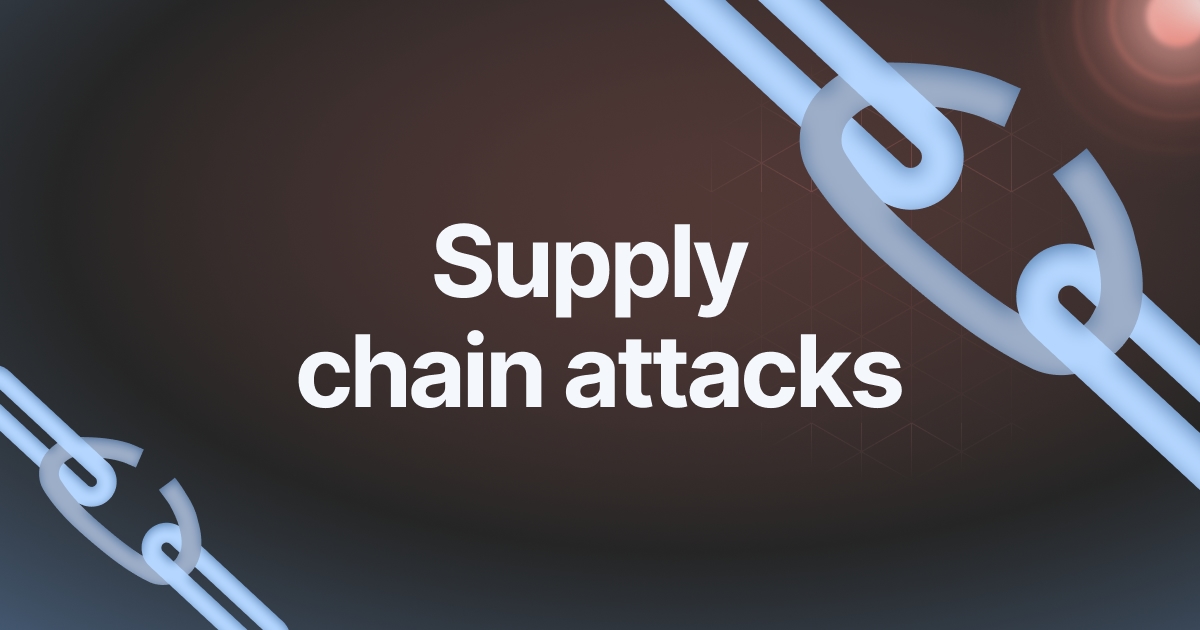The idea of having a security perimeter around the company’s information is rapidly becoming obsolete in our digitally interconnected world. Supply Chain attacks are an emerging kind of cyberattack that exploits complex software and services employed by businesses. This article dives deep into the world of supply chain attack, and focuses on the evolving threats to your business, its vulnerability, and the most important steps you can take to protect yourself.

The Domino Effect – How a tiny defect can destroy your company
Imagine this scenario: Your company does not employ a specific open-source software library that has been identified as having a security flaw. However, the data analytics provider you depend heavily on does. The flaw that appears small is your Achilles’ heel. Hackers take advantage of this vulnerability to gain access to services provider systems. Hackers have the chance to gain access to your company by using a third-party, invisible connection.
This domino effect beautifully illustrates the subtle character of supply chain attacks. They target the interconnected ecosystems that businesses depend on, gaining access to often secure systems by exploiting weaknesses in software used by partners, open source libraries or cloud-based services (SaaS).
Why Are We Vulnerable? Why Are We At Risk?
The very same elements that have driven the current digital economy – the growing acceptance of SaaS solutions and the interconnectedness between software ecosystems have also created a perfect storm for supply chain-related attacks. The immense complexity of these systems is difficult to track each piece of code that an organization uses and even in indirect ways.
Beyond the Firewall Traditional Security Measures Don’t meet
Traditional security measures that focus on strengthening your systems are no longer enough. Hackers can identify the weakest link and bypass firewalls and perimeter security in order to gain entry into your network via reliable third-party suppliers.
Open-Source Surprise There is a difference! code is produced equally
Another security risk is the massive popularity of open-source software. While open-source software libraries can be an excellent resource, they can also pose security threats because of their popularity and dependence on voluntary developers. A single, unpatched security flaw in a library with a large user base could expose numerous organizations that did not realize they had it in their systems.
The Invisible Threat: How to Be able to Identify a Supply Chain Risk
It is hard to identify supply chain attacks because of the nature of their attack. Certain warning indicators can raise warning signs. Unusual login attempts, unusual activities with data or updates that are not expected from third-party vendors could signal that your ecosystem has been affected. A serious security breach at a library or service provider that is used widely is a good reason to act immediately. Contact for Software Supply Chain Attack
Designing an Fishbowl Fortress Strategies to Limit Supply Chain Risk
What are the best ways to improve your defenses in order to ward off these invisible threats. Here are a few important steps to take into consideration:
Reviewing your Vendors: Follow a stringent selection process for vendors that involves evaluating their cybersecurity methods.
Map Your Ecosystem : Create the map that covers all libraries, software and services your organization employs, either in a direct or indirect way.
Continuous Monitoring: Watch your system for any suspicious activity. Actively keep track of security updates from all third-party vendors.
Open Source with Attention: Be mindful when using libraries that are open source, and prioritize those that have good reputations and active communities.
Transparency is essential to build trust. Encourage vendors to adopt robust security measures and to encourage open communication with you about potential vulnerabilities.
Cybersecurity Future: Beyond Perimeter Defense
The rise of supply chain security breaches requires an overhaul in the way businesses deal with cybersecurity. A focus on securing your perimeter is no longer sufficient. Organizations must take an integrated approach that focuses on collaboration with vendors, fosters transparency in the software ecosystem, and minimizes the risk of their digital chains. By acknowledging the looming shadow of supply chain security threats and actively fortifying your defenses to ensure your business remains secure in an increasingly complex and interconnected digital world.